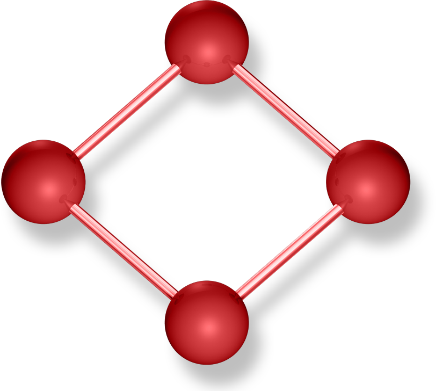By Robert W. Yokl, Sr. VP, Operations — SVAH Solutions
I was working with a client’s value analysis team and one of their value analysis project managers came back and reported that after further review there was no savings opportunity on a hospital-wide product line. We don’t need to proceed any further with the study. The VA project manager sited that the nursing units had X-amount on hand, and this met the exact requirements for their testing. It sounded clinically evidenced-based and all. It was accepted by the leadership of the VA team and the study was closed out. It did not make sense to me though.
A little background here: They were conducting this study because the hospital’s utilization had increased by 33% from the previous fiscal year and their patient days had been the same or slightly less than the previous year. How can utilization increase 33% when patient days is flat? That did not make sense, especially since no policy or vendor change had been made in that time period. So, what was it?
The good news was that I quickly mentioned this to the team leaders, and they agreed that we needed to reopen this. I went about calculating numbers from a three-pronged approach. By cost per patient day adjusted for CMI, by overall spend, number of units used by patient day, and then number of units used as compared to the national usage average. Not all patients require this product on the nursing floors.
Turns out, this hospital was using 51% more in the number of product units than the average of their cohorts and 160% more than the best practice hospitals in their benchmark best practice cohort. Overall cost per patient day, CMI adjusted, they were using 72% more, and just straight up cost per patient day (no CMI adjustments) they were 93% higher. The key here was hitting this from all angles to make sure that we got this right and that none of the customers or stakeholders could talk away the savings opportunity. We now knew the savings were real with certainty because we triangulated all the numbers and every result showed more savings opportunities.
The value analysis project manager clearly missed something. The point here is one of education and perseverance as this world of consumption & utilization management is still new to many in the supply chain world. By not being able to find out the reason for running over by 33% (trigger point of the study), we were leaving the door open to costs escalating even further. Worse, it would have possibly been left alone for years since, “Value Analysis reviewed this product category and found nothing.”
Let’s face it, for a true value analysis study to be performed (like the example above) we have to first prove that the juice is worth the squeeze before supply chain, a VA Team, or a VA Manager will venture to put in the effort that is needed to find out the true why’s. We could also just accept the push-back that we get and save ourselves a lot of work, but that does not do anyone any good nor does it save the organization any money.
As you noticed, I did not need to mention the major product category in this article because you can do this with just a few adjustments on any product, service, or technology that you decide to work on. You do need to start to set up systems to track your utilization and develop your benchmarking capabilities. You are going to need these moving forward. Start to build, buy, or borrow your systems now and they will pay dividends beyond your imagination.





